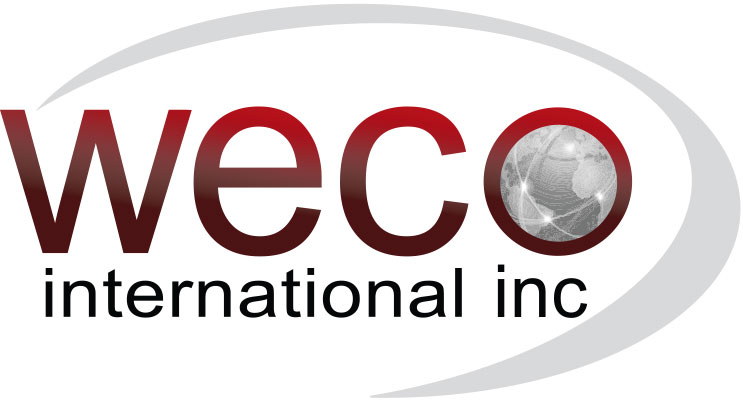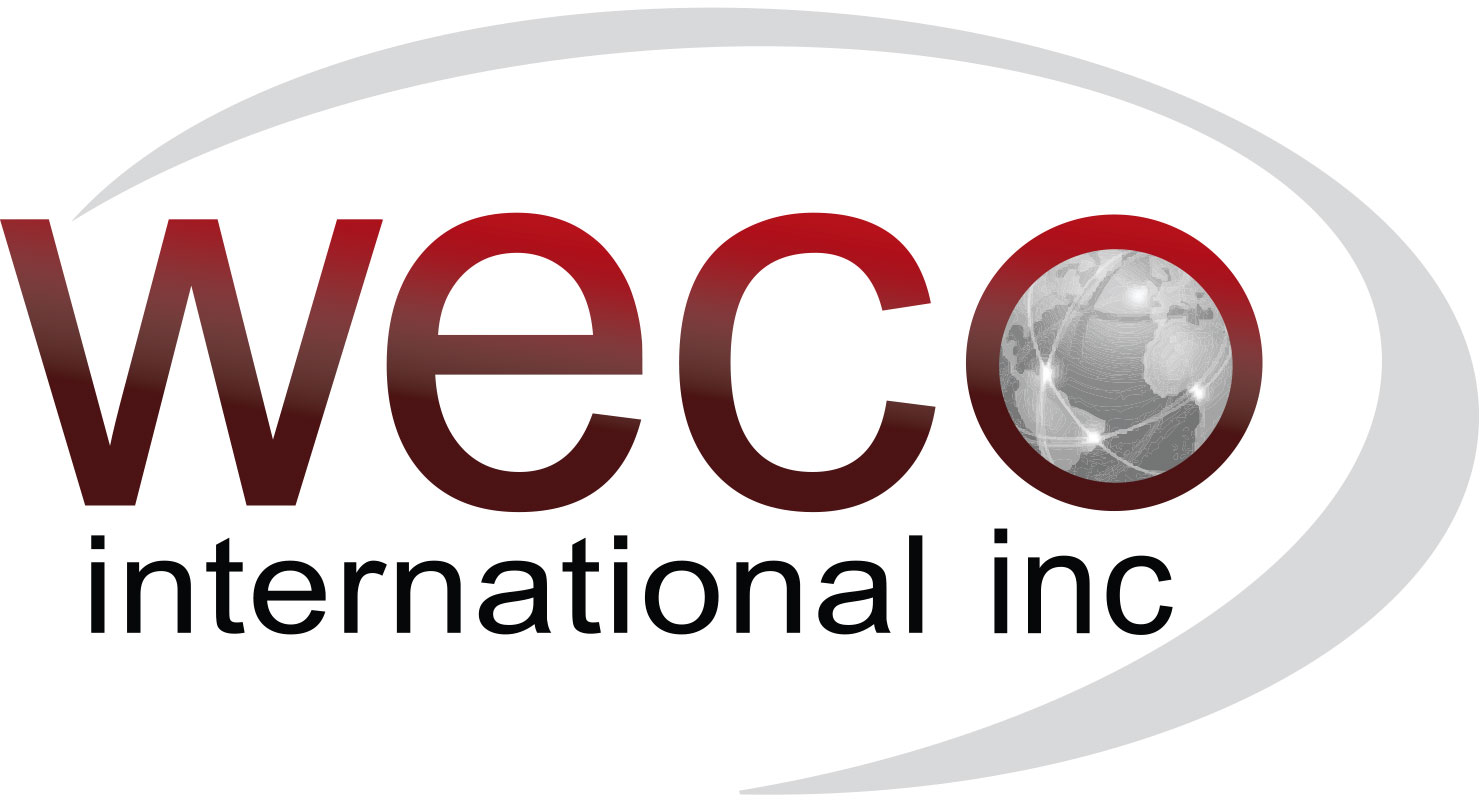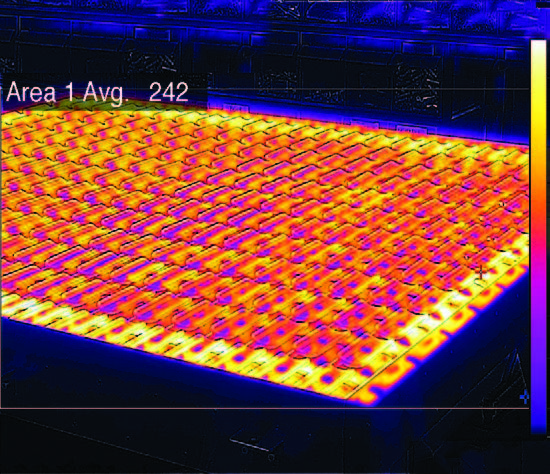Reaping Evergreen Benefits Using Infrared Heat Thermoformers
“For some time now, the advantages of infrared (IR) based thermoformers have been made crystal clear in all plastic thermoforming sectors including cut-sheet and inline” says Ceramicx founder and managing director, Frank Wilson.
“Carrying on regardless with the same heat legacy issues is neither sensible nor profitable. A time for review inevitably means taking a fresh look at Infrared (IR) heat technology and an appraisal of capital spend.’
“We are delighted that many thermoformers worldwide are adopting IR-based heating and sophisticated control as a way of increasing accuracy and saving cost” says Wilson. ‘The key is to begin pin-point accurate electronic and process control. The primary production benefit is that thermoformers get improved efficiency through decreased energy usage, increased production, reduced scrap and downtime.”
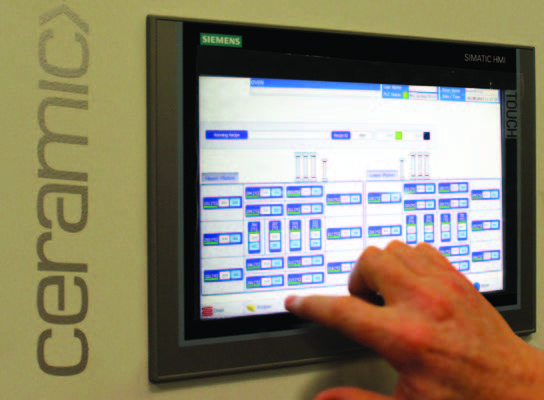
Any Easy Heating System Transition
For a retrofit IR heating upgrade the process is relatively simple and surprisingly easy. New IR heating systems for thermoformers, designed and installed by Ceramicx, typically require an offsite period of consultation, design, build and testing and then 3-4 days onsite for integration, including a 24 hour runoff period.
Any thermoforming control system should provide early warning diagnostic features; the ability to alarm the operator in the event of a single heater loss, a shorted wire or a bad fuse.
Ceramicx also sees that most plastics thermoformers experience heating issues at some point in the life of their machine. The heating issues of the past ten years for thermoformers worldwide are broadly the same and until we see a wholesale adoption of IR based heating – the core messages to all thermoformers will be the same. Carrying on regardless with the same heat legacy issues is neither sensible nor profitable.
Those messages include the assertion that a simple infrared (IR) heating upgrade to a company’s conventional heating system can increase profits for thermoformers by at least one third, according Ceramicx.
Infrared image of ceramic thermoforming platen under testing (photo -Gethyn Morgan, Green Engineering)
Replacing an entire thermoforming machine is too big a step for many. However, an IR upgrade can improve the performance of an expensive fixed capital asset and typically pays for itself within months.
Heating Legacy Issues
Heating legacy issues can include burn-outs, electrical faults, and problems with older style and non-directional heating. Tubular and magnesium filled heating solutions as well as black rod heating and other kinds of non-infrared sources can all make a contribution to inexact systems of thermoforming production. They also create a waste of energy and higher electricity cost.
In a completely enclosed heating system or oven, this kind of heating becomes uncontrollable. Thermoforming operators are being continually forced to ramp up the power and the input electricity in order to try and maintain an even temperature. Effective plastics thermoforming means that all energy inputs have to be properly measured and then specifically applied.
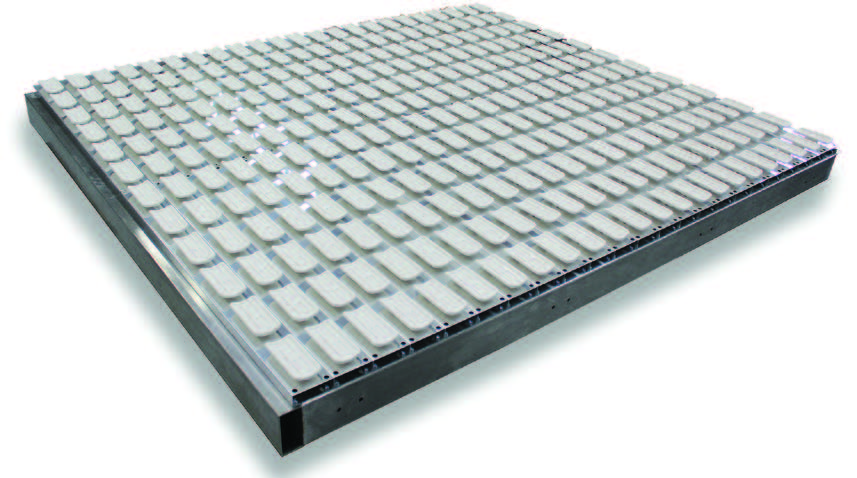
Infrared Heating Systems Benefits
Frank Wilson says that “I make no apology for restating the facts here: IR heating systems for thermoformers includes the following benefits:”
- A major reduction in capital equipment expense as well as reduced wear and tear
- Like-for-like infrared for tubular replacements
- Elimination of ‘hot box’ tubular problems
- No need for changes in control or instrumentation
- Poor performing infrared products to be replaced with superior platens
- Savings in directional heat
- Better resultant product quality
- Improved set up time and faster tool change time
- More complex parts possible
- Cooling requirements also reduced
- Matching of heating controls to polymers being processed
- Improved environment for operators
Ceramicx and WECO International designed IR thermoforming systems simply convert incoming electrical wattage into infrared output more quickly and efficiently than conventional heat sources.
Reflectors Produce Results for Thermoformers
In thermoforming production a number of infrared ceramic heaters are generally mounted on reflectors, which are then arrayed upon a platen – or two – which is part of the production line.The performance of the background reflectors is based on their material composition and the performance of the platen in general. These factors are all vital in directing the infrared heating to the plastic.
Component design is everything: For example stainless steel is not an adequate material for use in infrared reflection work. It will absorb a high percentage of the emitted energy. Therefore over time it will cause burnout of the electrical wiring behind the reflector and will also start to discolor from 120ºC.
Polished aluminum on the other hand is in most cases the best reflector for ceramic infrared heating but > 500ºC it also will start to fail. The business of thermoforming thin and clear plastic sheeting requires the installation of passive ceramic tiles in the base of the platen in order to reflect back the heat.
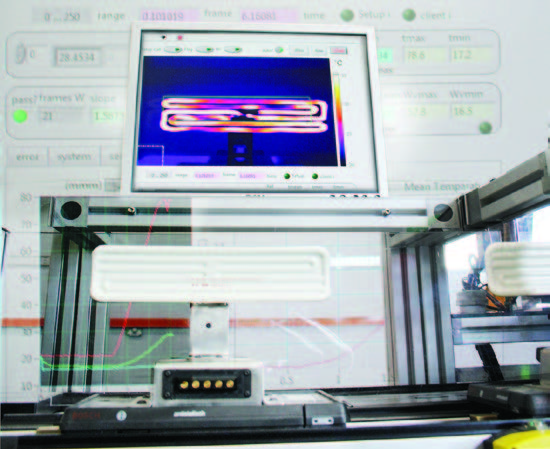
The core of this platen and system build rests upon our world class manufacturing systems and all of the products made by Ceramicx.
Our engineering work centers on developing systems of closely specified nominal wattage tolerances for the ceramic and quartz electrical elements. This control applies throughout the entire range of IR heating products. The semi-automated validation system with closed-loop process control guarantees the product quality. It also assigns and records performance characteristics for each part as it is produced.
In summary, every thermoforming system, in some way, has its custom heat work features depending on products, materials and cycle time. The Ceramicx belief is that sooner or later most, if not all, of these – for the reasons stated above – will of necessity migrate over to IR based systems in the coming years.
